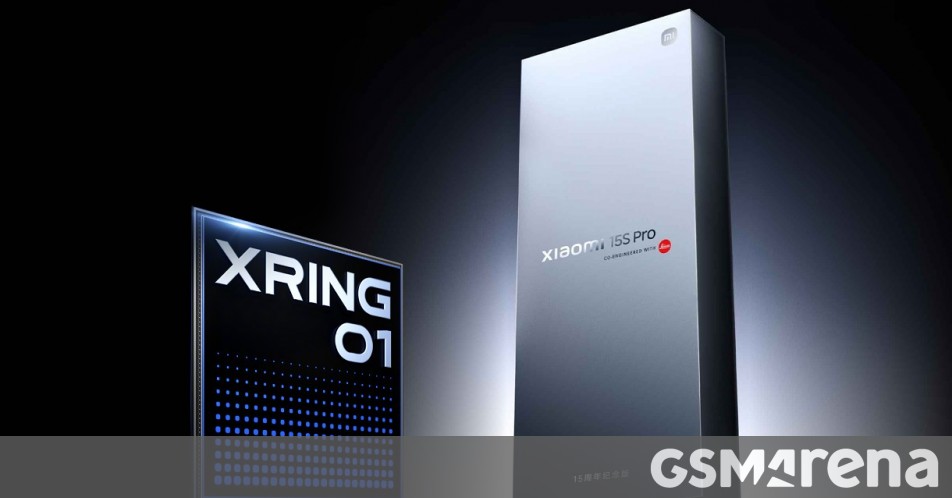In AnTuTu’s performance rankings, Snapdragon 8 Elite phones score around 2.5 million, with models like the Galaxy S25 Ultra and OnePlus 13 slightly lower. Xiaomi’s new Xring O1 chipset scores exactly 2.5 million, as reported by Xiaomu Technology. This chipset powers the Xiaomi 15S Pro, while the Xiaomi 15 Pro uses the Snapdragon 8 Elite. Notably, the Xring O1’s top cores run at 3.9GHz, although a lower-clocked version is used in the Xiaomi Pad 7 Ultra. Xiaomi’s collaboration with Qualcomm continues, with plans for more premium devices featuring the next Snapdragon 8-series chip.
According to AnTuTu’s performance ranking, the leading Snapdragon 8 Elite devices achieve scores just above 2.5 million, although many fall below that – with some dipping to 2.2 million (such as the Galaxy S25 Ultra and OnePlus 13). Dimensity 9400 smartphones are also included, but they remain under the 2.5 million threshold.
So, where does Xiaomi’s self-developed Xring O1 chipset fit in? A Weibo user, Xiaomu Technology, shared an AnTuTu result that hit precisely 2.5 million. The phone on the left is the Xiaomi 15 Pro (Snapdragon 8 Elite), while the one on the right is its successor, the Xiaomi 15S Pro featuring the new Xring O1.

AnTuTu results: Xiaomi 15 Pro (SD 8 Elite, left) and Xiaomi 15S Pro (Xring O1, right)
This is indeed an Xring O1, as there appear to be at least two versions – the Xiaomi Pad 7 Ultra utilizes a variant of the chip with lower clock speeds. In the second image, you can see that the two top cores operate at 3.9GHz on the phone (and 3.7GHz on the tablet).
It’s important to note that AnTuTu evaluates more than just the chipset, so additional components can impact the final score. Nonetheless, this is an impressive result for what is essentially a first attempt by Xiaomi’s in-house chip design team – the Surge S1 was a long time ago in tech terms. It’s also worth mentioning that the Xiaomi 15S Pro unit featured more RAM (16GB plus 6GB virtual) compared to the 15 Pro unit (12GB plus 4GB virtual).
This doesn’t imply that Xiaomi’s collaboration with Qualcomm has come to an end – in fact, just yesterday, the two companies signed an agreement to provide more premium devices, including phones, tablets, wearables, smart home gadgets, and XR glasses. Xiaomi will be among the first to adopt the new Snapdragon 8-series chip.
Source (in Chinese) | Via
